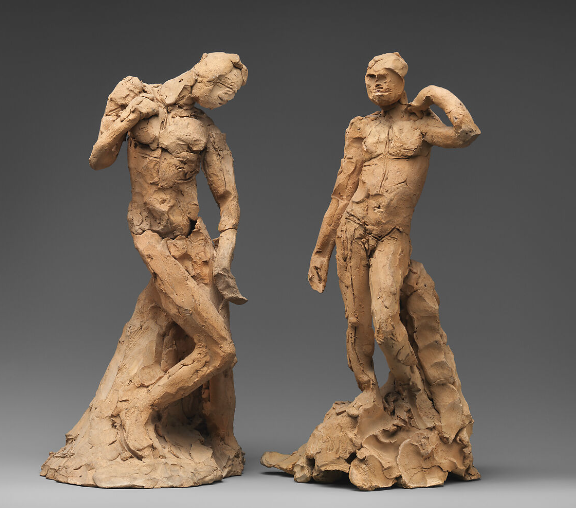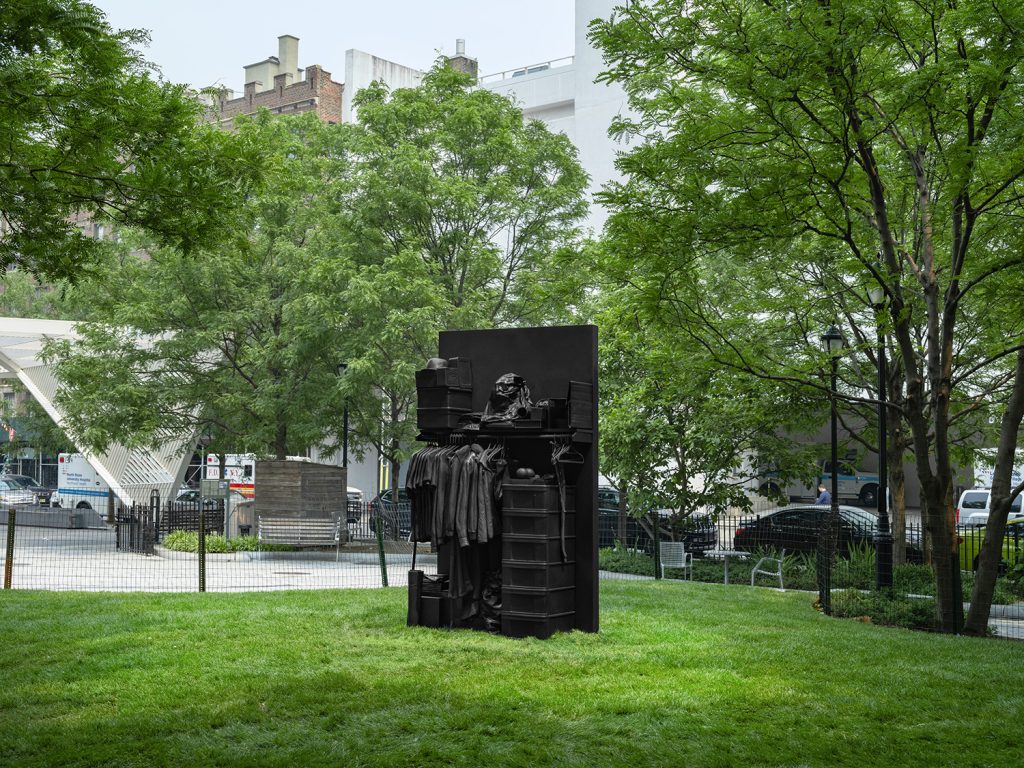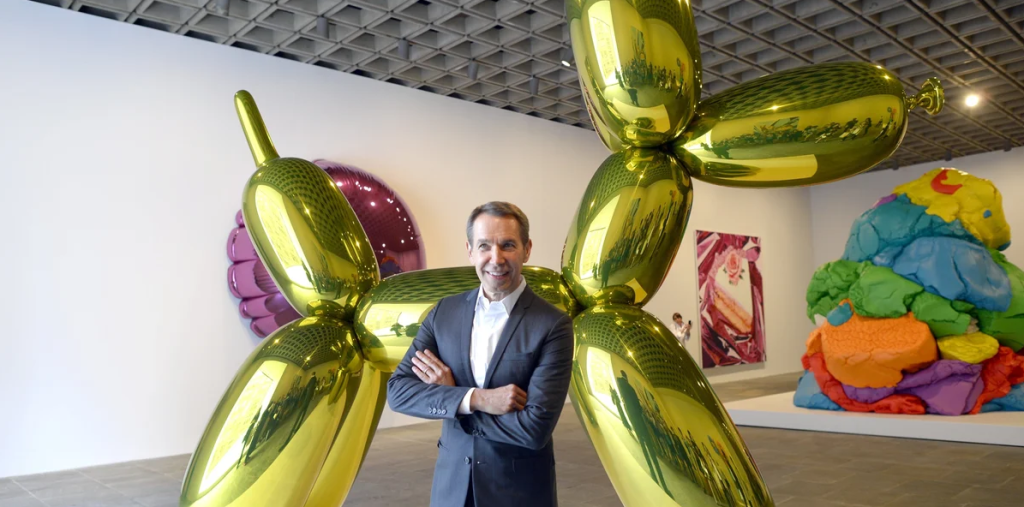The Sculptor of Emotion: Exploring the Depths of Auguste Rodin’s Masterpieces
Auguste Rodin is often hailed as one of the greatest sculptors of all time, known for his ability to convey deep emotion through stone and bronze. His works invite us to reflect on the human condition, which makes them not just sculptures, but powerful emotional experiences. Understanding Rodin’s masterpieces enriches our appreciation of art and its potential to express the complexities of life.
The Kiss: A Testament to Passion
One of Rodin’s most famous pieces, “The Kiss,” encapsulates the essence of romantic love. Created in the late 19th century, this sculpture captures an intimate moment between two lovers, emphasizing the raw emotions of passion and desire. The figures are so intricately detailed that viewers can almost feel their shared warmth and longing. Rodin’s ability to depict movement and the tenderness of their embrace makes “The Kiss” not only visually stunning but also profoundly relatable. It serves as a reminder of love’s power in our lives, inviting us to revisit our own experiences of affection and connection.
The Thinker: Contemplation in Sculpture
Another iconic work, “The Thinker,” represents the depth of human thought and introspection. Originally conceived as part of a larger piece that depicted Dante’s “Divine Comedy,” this solitary figure reflects on life’s complexities and moral dilemmas. The pose and expression of the thinker communicate a palpable sense of struggle and contemplation, resonating with anyone who has ever faced difficult questions. Rodin’s ability to imbue a single figure with profound philosophical weight encourages viewers to engage with their own thoughts and beliefs, making the sculpture a timeless symbol of intellectual pursuit.
The Burghers of Calais: Sacrifice and Humanity
In “The Burghers of Calais,” Rodin immortalizes a poignant moment from history, where a group of citizens volunteered to sacrifice their lives for their city during the Hundred Years’ War. This sculpture breaks away from traditional heroic representations, showcasing the raw emotion and vulnerability of these men. Their expressions reflect resignation and bravery, capturing the essence of human sacrifice and solidarity in times of crisis. By focusing on the emotional nuances rather than idealized forms, Rodin invites us to reflect on the burdens and nobility of sacrifice, reminding us of our own capacity for kindness and compassion.
Conclusion
Auguste Rodin’s masterpieces transcend mere artistry; they resonate with deep human emotions that connect us across time and space. Through his works, we explore themes of love, contemplation, and sacrifice, which remain relevant in our modern lives. To delve deeper into Rodin’s emotional landscapes, consider visiting a museum featuring his works or exploring more about his life and art. Engaging with Rodin’s sculptures can inspire you to reflect on your own journey, fostering a greater understanding of the beautiful complexities of being human.


